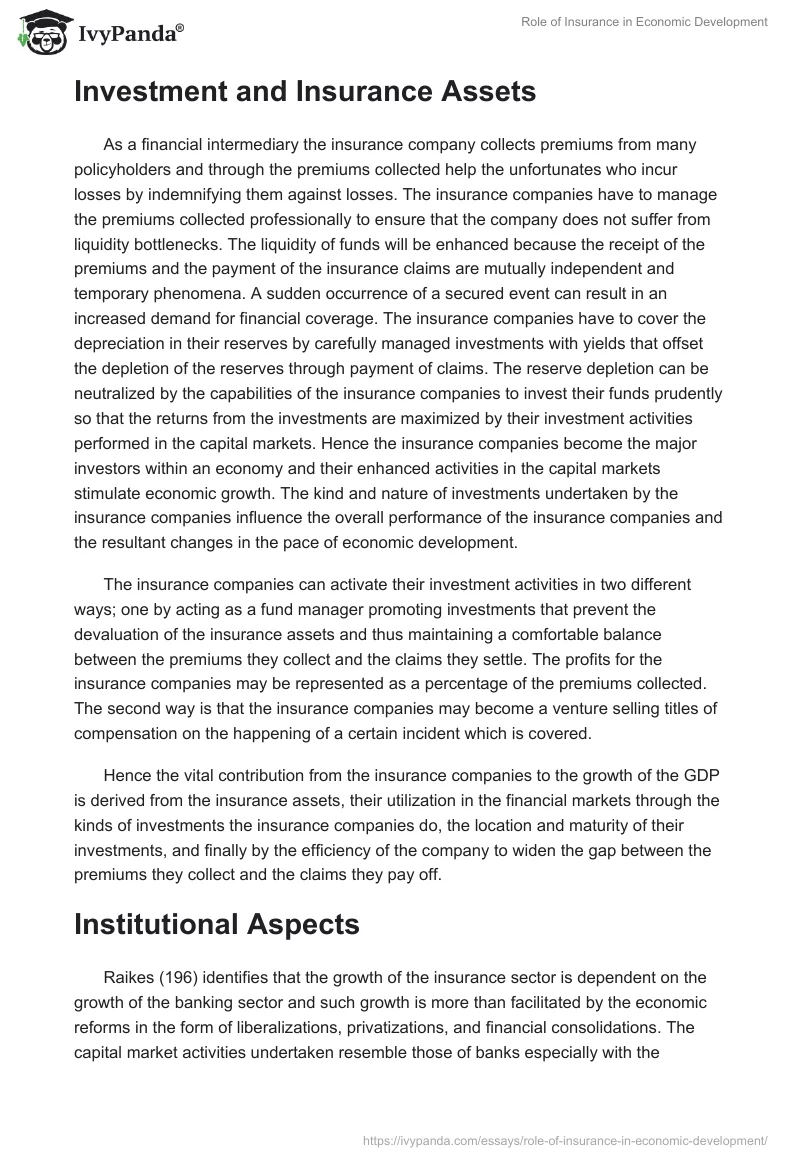How Pacific Prime can Save You Time, Stress, and Money.

This decline of practically 2 million in the number of individuals 'without insurance (a reduction of around 4 percent) is absolutely a favorable adjustment. With a softer economy in 2000 the most up to date reported gains in insurance policy protection may not proceed (Fronstin, 2001) (international health insurance). The decrease in the number of without insurance will certainly not proceed if the economic climate remains sluggish and healthcare prices remain to exceed rising cost of living
This is since the information were collected for a period of strong economic efficiency. Of the approximated 42 million people who were without insurance, just about about 420,000 (regarding 1 percent) were under 65 years old, the age at which most Americans become eligible for Medicare; 32 million were grownups in between ages 18 and 65, around 19 percent of all adults in this age group; and 10 million were kids under 18 years old, about 13.9 percent of all kids (Mills, 2000).
These price quotes of the number of persons uninsured are created from the annual March Supplement to the Present Populace Survey (CPS), conducted by the Census Bureau. Unless or else kept in mind, national quotes of individuals without medical insurance and percentages of the populace with various sort of protection are based on the CPS, the most extensively made use of source of estimates of insurance protection and uninsurance rates.
The 4-Minute Rule for Pacific Prime

Still, the CPS is particularly beneficial due to the fact that it produces yearly price quotes relatively rapidly, reporting the previous year's insurance policy protection estimates each September, and due to the fact that it is the basis for a regular collection of price quotes for greater than two decades, allowing for evaluation of patterns in protection over time. For these factors, along with the substantial use of the CPS in other studies of insurance policy protection that are provided in this report, we rely upon CPS quotes, with limitations kept in mind.

The price quote of the number of without insurance people increases when a population's insurance standing is tracked for several years. Over a three-year duration starting early in 1993, 72 million people, 29 percent of the united state population, lacked insurance coverage for a minimum of one month. Within a single year (1994 ), 53 million individuals experienced at the very least a month without insurance coverage (Bennefield, 1998a)
Six out of every ten without insurance adults are themselves used. Functioning does enhance the likelihood that one and one's household members will have insurance, it is not a warranty. Even participants of households with 2 permanent breadwinner have virtually a one-in-ten opportunity of being uninsured (9.1 percent uninsured price) (Hoffman and Pohl, 2000).
All About Pacific Prime
New immigrants account for a considerable percentage of individuals without health insurance policy. One evaluation has attributed a considerable part of the current growth in i was reading this the dimension of the united state uninsured population to immigrants who arrived in the nation between 1994 and 1998 (Camarota and Edwards, 2000). Recent immigrants (those who concerned the USA within the previous 4 years) do have a high price of being without insurance (46 percent), yet they and their children account for just 6 percent of those without insurance coverage across the country (Holahan et al., 2001).
The partnership in between health insurance and access to care is well established, as documented later in this phase. Although the partnership between health insurance policy and health and wellness end results is neither straight neither simple, a considerable scientific and health and wellness solutions research literature web links wellness insurance policy protection to enhanced access to care, better quality, and boosted individual and population health status.
Levels of evaluation for taking a look at the effects of uninsurance. This discussion of medical insurance coverage concentrates mainly on the united state population under age 65 due to the fact that basically all Americans 65 and older have Medicare or other public insurance coverage. It focuses especially on those without any health and wellness insurance for any type of size of time.
Not known Incorrect Statements About Pacific Prime
The issues faced by the underinsured are in some respects similar to those faced by the uninsured, although they are normally much less extreme. Wellness insurance policy, nevertheless, is neither necessary nor sufficient to get access to medical services. The independent and straight effect of health and wellness insurance coverage on access to health solutions is well developed.
Others will get the health and wellness care they require even without medical insurance, by paying for it expense or seeking it from suppliers who supply care free or at extremely subsidized prices. For still others, health and wellness insurance policy alone does not guarantee invoice of care due to other nonfinancial barriers, such as an absence of healthcare carriers in their neighborhood, minimal access to transport, illiteracy, or etymological and cultural distinctions.
The Main Principles Of Pacific Prime
Formal research study concerning without insurance populations in the USA dates to the late 1920s and very early 1930s when the Board on the Cost of Healthcare created a series of reports regarding funding medical professional workplace gos to and hospitalizations. This problem ended up being prominent as the numbers of medically indigent climbed throughout the Great Depression.
Comments on “3 Simple Techniques For Pacific Prime”